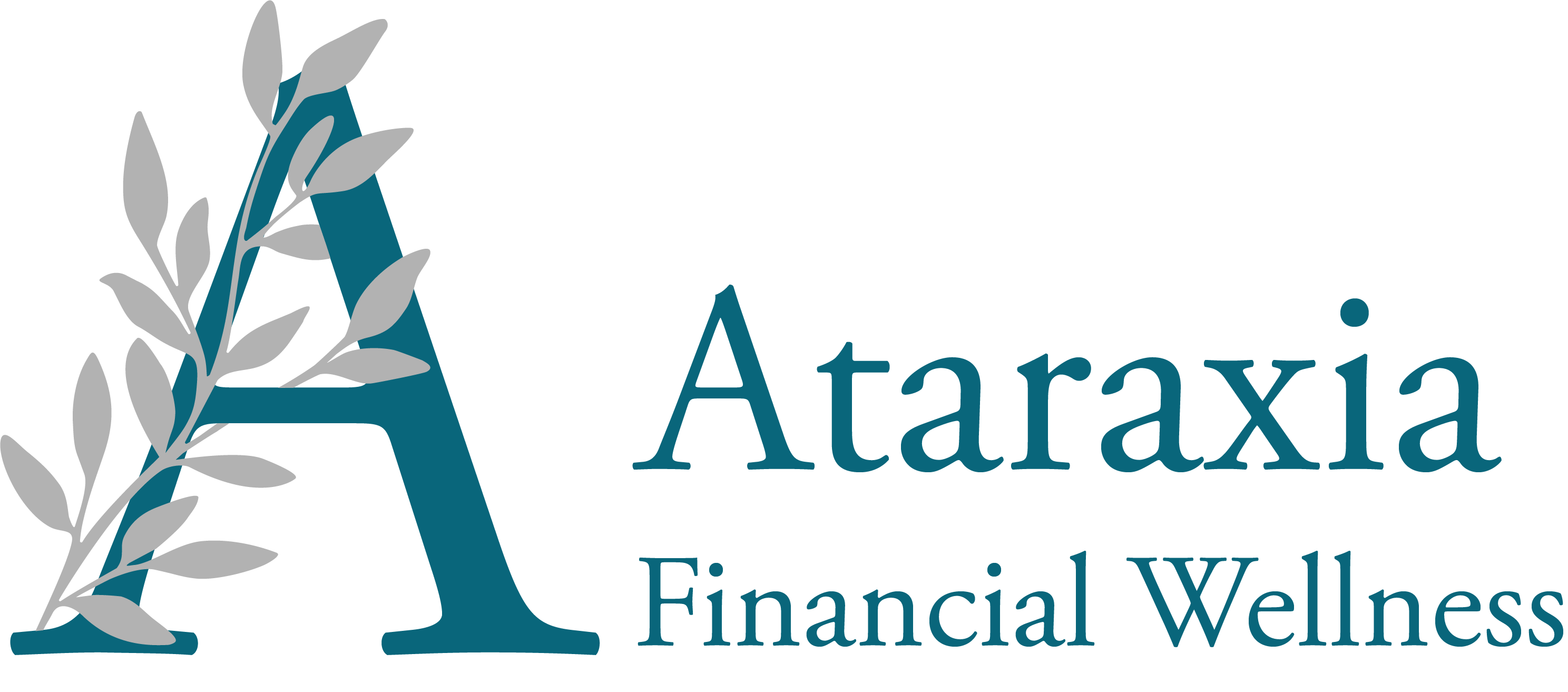Financial goals are the compass that guides your money decisions. Without them, you might find yourself wondering where your paycheque went each month and why it doesn’t feel like you’re progressing. But effective financial goal-setting isn’t just about writing down “save more money” or “get rich.” It’s about creating concrete, actionable targets that move you closer to the life you want.

Start with Your Why
Before diving into numbers and timelines, get clear on what drives you. Ask yourself:
- What does financial freedom look like for me?
- What experiences or possessions would improve my quality of life?
- What financial stress keeps me up at night?
- What would I like my life or finances to look like a year from now? 5 years from now? Even 10 or 20 years from now?
Understanding your motivation transforms abstract goals into personal missions you’re excited to pursue.
Goal Timeframes
Short-term Goals (1-12 months)
These create momentum and build habits. Examples include:
- Adding $1,000 to your emergency fund
- Paying off one credit card
- Setting up automated savings transfers
- Developing a consistent habit of budgeting and tracking your spending
Medium-term Goals (1-5 years)
These require sustained effort and planning over the next couple years, such as:
- Saving for a house down payment
- Eliminating student loan debt
- Creating a 6-month emergency fund
Long-term Goals (5+ years)
These shape your financial future and will take many years of commitment, such as:
- Retirement planning
- Children’s education funding
- Building wealth through investments
The SMART Framework for Financial Goals
Many of us have heard of SMART goals before and you may be rolling your eyes right now. But it has been proven that being very clear on what your goal is, how you’ll achieve it, and when you will achieve it makes success much more likely.
So when setting your goals, make them SMART:
Specific: Be clear on what the goal is. Instead of “save money,” try “save $5,000 for a car down payment”
Measurable: Include exact amounts and clear milestones. Instead of “save more”, try “save $500 per month”
Achievable: Base goals on your actual income and expenses, not wishful thinking.
Relevant: Ensure goals align with your broader life objectives
Time-bound: Set deadlines to create urgency and accountability. Try “save $500 per month for 10 months, to have a $5000 car down payment”
This would look like:
Goal: $5000 car down payment.
Starting this month, I will save $500 in my high interest savings account every month for the next 10 months to have a $5000 car down payment.
Action Steps to Get Started
- Track Your Current Finances
- Be clear on what your budget is and what you can or cannot afford to do
- Review monthly incomes and expenses
- Identify spending patterns
- Prioritize Your Goals
- Consider what will have the most impact on you in the short, medium, and long term
- Consider prioritizing debt repayment and emergency funds to create future stablility
- Break Down Big Goals
- “Save $24,000 in 2 years” becomes “save $1,000 per month”
- Create smaller milestones to maintain motivation
- Automate When Possible
- Schedule automatic transfers to savings
- Set up auto-pay for consistent bills
- Use apps that round up purchases for savings
- Review and Adjust Regularly
- Check progress monthly or quarterly
- Celebrate wins to stay motivated
- Adjust goals as life changes
Common Pitfalls to Avoid
- Setting too many goals at once (start with 2-3)
- Making goals unrealistic for your current situation
- Ignoring the emotional side of money decisions
- Forgetting to factor in inflation and changing markets for long-term goals
- Not having an accountability system
- Being to vague, simply saying you are going to save more does not give you anything to measure success by
Sample Goal Framework
Here’s what a balanced set of goals might look like:
Short-term:
- Build $1,000 emergency fund by month 3 by saving $335 each month
- Pay off $3,000 credit card debt by month 6 by paying $500 each month
Medium-term:
- Save $10,000 for home down payment in 2 years by saving $420 each month
- Increase investment contributions by adding $25 to my monthly automated contribution every 3 months
Long-term:
- Achieve $1 million retirement savings by age 65 – and break out how you’ll achieve this
- Generate $50,000 annual passive income for financial independence – and plan how this will be generated
The Secret to Success
The best financial goal system is one you’ll actually stick with. Start small, build momentum, and gradually increase your ambitions. Remember that financial wellness is a journey, not a destination. Each small win brings you closer to the financial future you’re working toward.
Your financial goals should inspire action, not create anxiety. They’re tools for building the life you want, not constraints that limit your present enjoyment. With clear goals, consistent effort, and regular review, you can transform your financial dreams into reality.
If your struggling to set financial goals or if this feels overwhelming, book a one-on-one session with Kerissa to get started.
